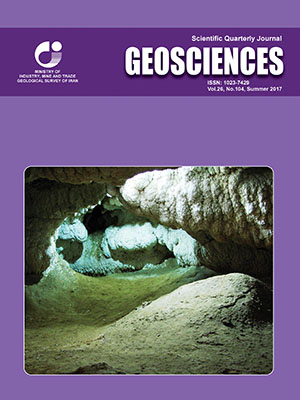Document Type : Original Research Paper
Authors
1 Associate Professor, Department of Geology, Bu Ali Sina University, Hamedan, Iran
2 M. Sc., Department of Geology, Bu Ali Sina University, Hamedan, Iran
Abstract
The use of remote sensing combined with field surveys can be used as an economic approach to detect the areas that are susceptible to the influx of water into tunnels. This study aims at investigating potential zones of groundwater influx in part 1-A of the Nosoud water-transport tunnel located in the NW of Kermanshah province. Stratigraphic units of the area are composed of limestone and shale layers, which have formed alternating hard and soft sequences at the tunnel site. Fractured brittle limestone layers alternating with impermeable shale layers are the most important factor controlling the influx of water into the Nosoud tunnel. The danger of possible mine explosions prevented us from a survey along the whole length of the tunnel. Hence we classified these lithologies into two types labeled as Li and Sh which representing limestone and shale respectively. In order to explore layers that could potentially lead to water influx, we used ASTER satellite images to analyze the geohydrologic evidences across the area. Results suggest that the tunnel has a high risk of groundwater influx in places where the Li3 and Li-Sh3 units are encountered. Moreover, observations during tunnel excavation show that the major cause of water influx into the tunnel are preferentially concentrated in zones where hard layers with open fractures are crossed. This is considerably compatible with the results of satellite image processing model.
Keywords

